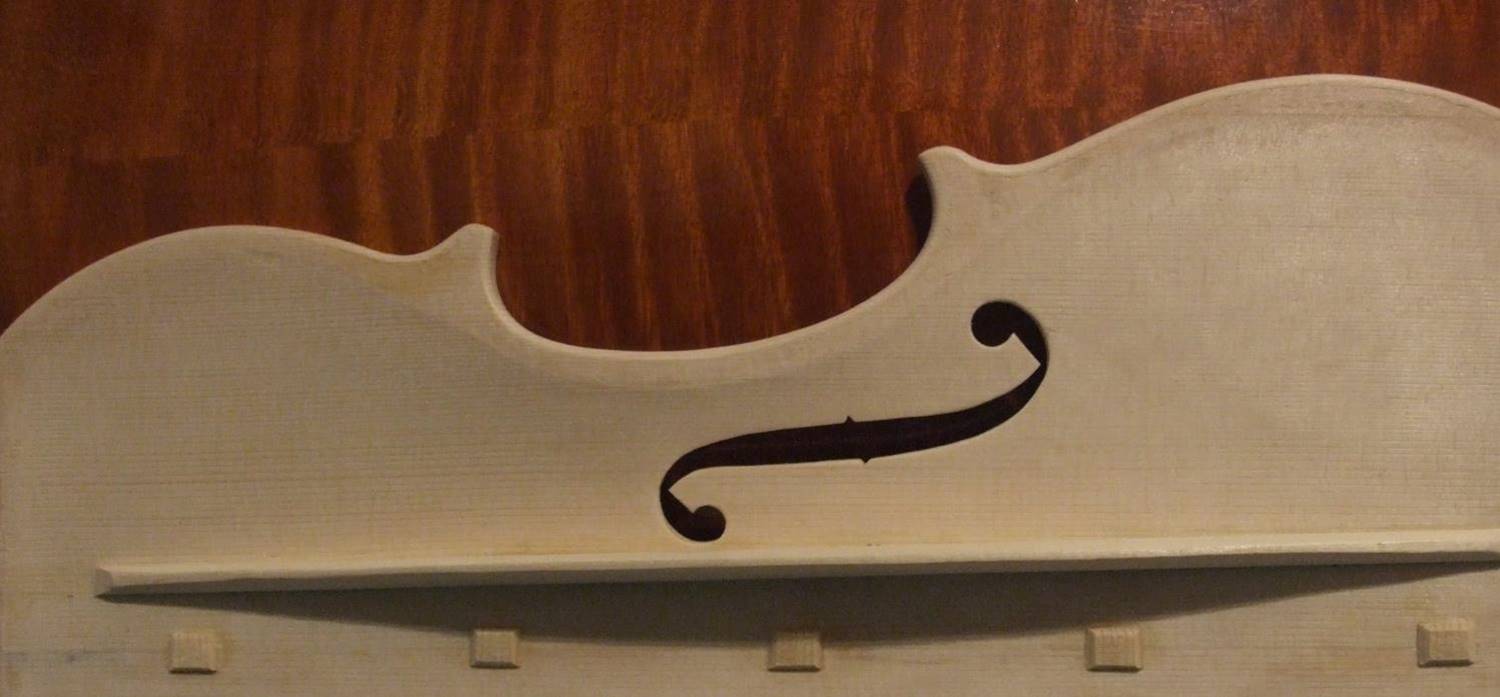Less is more
Thoughts from the atelier and the concert hall
Less is more
Bearing in mind the differences in atelier or workshop size, ranging from individual makers to teams, it can take 120 or more hours to make a violin or viola and upwards of 250 hours to make a cello by hand - these are merely guidelines to which must be added time for varnishing, setting up, testing and adjustment - it doesn’t need advanced maths to show you that one pair of hands can still only make relatively few instruments each year. Even with some economies of scale, for instance preparing the wood for a number of violins at a time – dimensioning to the sizes and rough shapes required – there is no avoiding the sheer number of hours to be spent on the individual instrument, working with the unique characteristics of the selected cuts of wood. As I regard each instrument as an artistic entity in respect of its unique sound and appearance, you can immediately see that producing large numbers of very similar instruments could be perceived as a move away from hand craft towards manufacturing. For me hand making is about quality, individuality, personality, difference. To achieve this, I believe that less may be more.
In playing and listening too, less can be more, but this needs to be explained. The repertoire we play, sing and enjoy listening to is but a tiny fraction of what has been written. We are all aware to some extent of the ‘main’ classical composers of the past, for example Bach, Beethoven, Brahms and others equally well-known by name whether from the past or the present. It is but a small step from this point to begin to equate ‘well-known’ with ‘celebrated’, ‘famous’ and even ‘great’. There are many other composers worthy of a hearing and it is encouraging to hear concert programmes and radio offerings reflecting this. Just as some pieces by these neglected composers may in one’s own mind be left in the mists of time, there are gems too. I would not presume to give a verdict – what we like is for us to decide, on an individual, personal basis – but I would remind the reader that even the ‘famous’ composer may fail to hit the spot with all of us all of the time. Less is more? Well, a balance in programming still allows sufficient repetition of ‘favourites’ while increasing the proportion of lesser-known works. We can be active in this with what we choose to play on our own instruments and in our openness as listeners too. So, less of the same leaves room for more that is different, bringing its own enrichment.
For instruments by lesser-known makers and music by lesser-known composers then, take time to explore, discover and ask yourself does it ‘sing’ or show potential in this direction (as instruments need time to be played in and new music has to become more familiar), does it say something to you, does it have the tingle factor? Then less may indeed be more for you.

